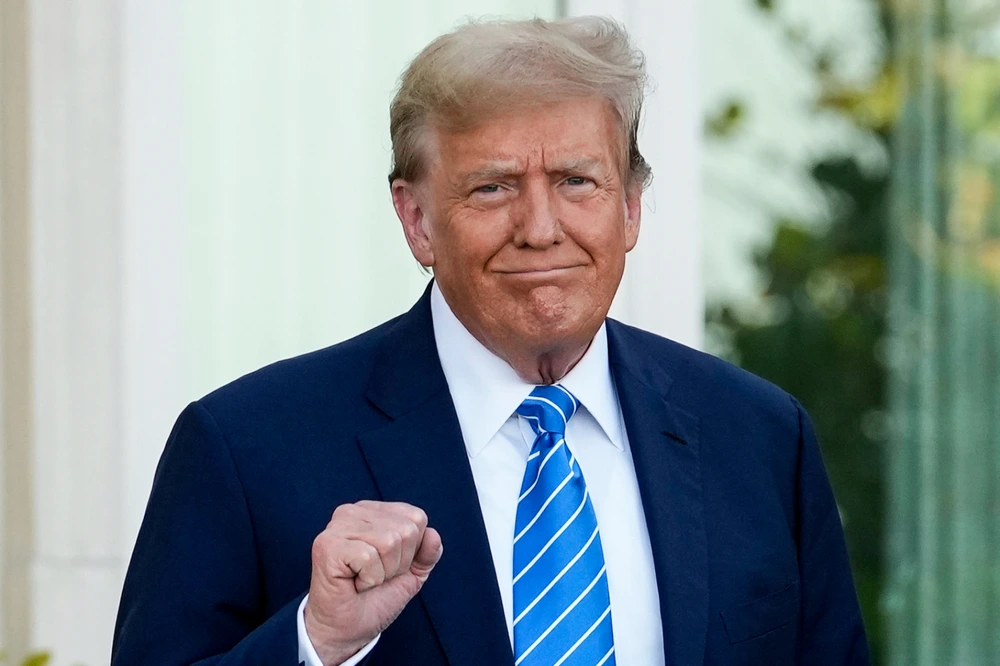In an interconnected global economy where trillions of dollars flow across borders daily, the Society for Worldwide Interbank Financial Telecommunication (SWIFT) serves as the invisible infrastructure enabling secure international financial communications. SWIFT processes over 42 million messages daily, facilitating transactions among more than 11,000 financial institutions worldwide, making it one of the most critical systems in modern finance.
What Is SWIFT?
SWIFT is a global messaging network used by financial institutions to exchange payment instructions and other financial data in a standardized and secure format. Established in 1973, SWIFT doesn’t actually transfer money—instead, it acts as a carrier of messages containing payment instructions between financial institutions involved in a transaction.
The system operates as a cooperative owned by its member institutions, ensuring that financial communications remain secure, standardized, and reliable across different countries and currencies.
How SWIFT Works

SWIFT assigns a unique SWIFT number to identify each organization within the network. When a transaction is initiated, messages are sent, verified, and securely forwarded between banks using unique identifiers called SWIFT codes (or BICs) to pinpoint institutions involved in a transaction.
Security and Technology
Security is paramount within the SWIFT network, with messages transmitted using sophisticated and encrypted communication channels, protecting sensitive financial information. The system employs multiple layers of authentication and verification to ensure transaction integrity.
Looking ahead, by the end of 2025, SWIFT aims to ensure that all payment messages between banks use ISO 20022 standard, while also developing a global blockchain interoperability model that would allow financial institutions to transfer tokenized assets over public and private blockchain networks.
Also Read: BRICS Coalition Explained: How Five Nations Are Rewriting Global Economics
Global Impact and Applications
SWIFT provides a secure and standardized platform for banks and financial institutions to exchange financial messages and facilitate cross-border transactions, enabling them to streamline their payment processes, reduce operational costs, and enhance efficiency.
The system’s influence extends far beyond simple money transfers. It facilitates trade finance, securities transactions, and treasury operations, making it indispensable for international commerce. When businesses need to make international payments, they need a bank account with a SWIFT code and additional transaction details to initiate the process.
SWIFT’s role as the backbone of global finance cannot be overstated. As financial markets continue to evolve with new technologies and regulatory requirements, SWIFT adapts to maintain its position as the trusted standard for international financial communications, ensuring that money and information flow seamlessly across the world’s financial networks.
Frequently Asked Questions
No, SWIFT doesn’t transfer money itself. It’s a secure messaging system that sends payment instructions between banks. The actual money moves through separate banking channels after the SWIFT message is received.
SWIFT transfers typically take 1-5 business days depending on the countries involved, banking relationships, and compliance checks. The SWIFT message itself is sent within minutes, but processing and settlement take additional time.
A SWIFT code (also called BIC) is an 8-11 character identifier that uniquely identifies each bank in the SWIFT network. For example, “CHASUS33” identifies JPMorgan Chase Bank in New York, helping ensure messages reach the correct institution.
Disclaimer: The information in this article is for general purposes only and does not constitute financial advice. The author’s views are personal and may not reflect the views of CoinBrief.io. Before making any investment decisions, you should always conduct your own research. Coin Brief is not responsible for any financial losses.




